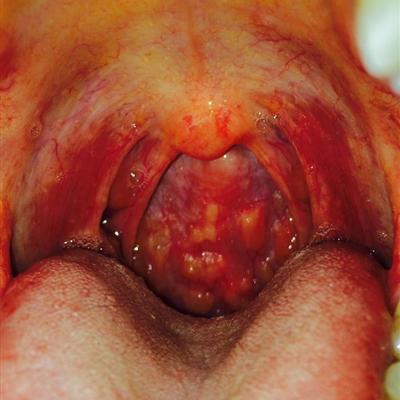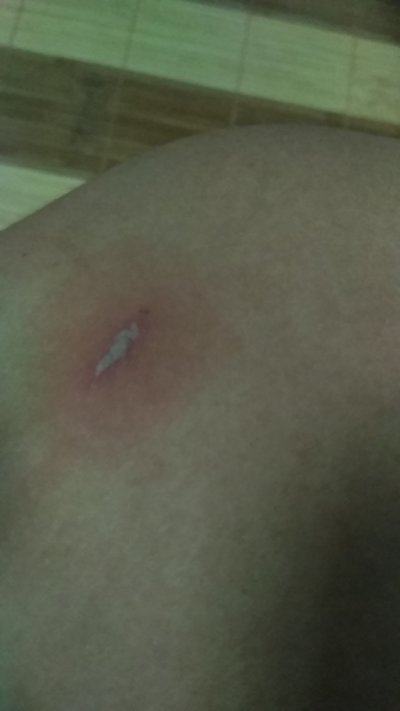Secondary symptoms of syphilis?
summary
Syphilis is a chronic systemic sexually transmitted disease caused by Treponema pallidum infection. Mainly through sexual intercourse. The manifestations of this disease are very complex, and almost all organs of the body can be invaded, resulting in multiple organ damage. Such as a syphilis infection site ulcer or hard chancre; The skin and mucous membrane damage and lymph node enlargement of secondary syphilis; Secondary symptoms of syphilis? Next, I'd like to share my views with you.
Secondary symptoms of syphilis?
The rash is characterized by mild symptoms, wide and dense distribution and symmetrical eruption. The main types of syphilis are: macular syphilis is the most common, mainly distributed in the trunk and the inner side of the proximal extremities, varying in size, about 0.5-2 cm in diameter, often round, few oval, occasionally ring-shaped, like rose red, so it is called Rose spot.

Papular syphilis is more common and has many types. Generally, it is a small papule with a diameter of 2-5 mm. The papule turns brown after the initial copper color. Generally, the matrix is hard, and there can be a small amount of scales on the surface. This kind of rash type contains Treponema pallidum, which is highly infectious.

Condyloma is a very common and unique secondary syphilis lesion, which is more common in female patients. It often occurs in the skin friction and moist parts, such as the external genitalia around the anus. At the beginning, condyloma is a wet papule, and then it can fuse with each other or the rash expands outward to form flat and uplifted lesions of different sizes. Its surface is eroded and has fine-grained vegetations, There is a gray membrane on it, generally without conscious symptoms. Its exudate contains a large number of Treponema pallidum, highly infectious

matters needing attention
Foods rich in vitamins. Vitamin A plays an important role in maintaining the normal function and structure of epithelial tissue and promoting growth and development. Foods rich in vitamin A include carrots, spinach, Pakchoi, leek, amaranth, broccoli, water spinach, mustard, alfalfa, Malan head, Flammulina, fennel, coriander, kale, apricot, etc.


















